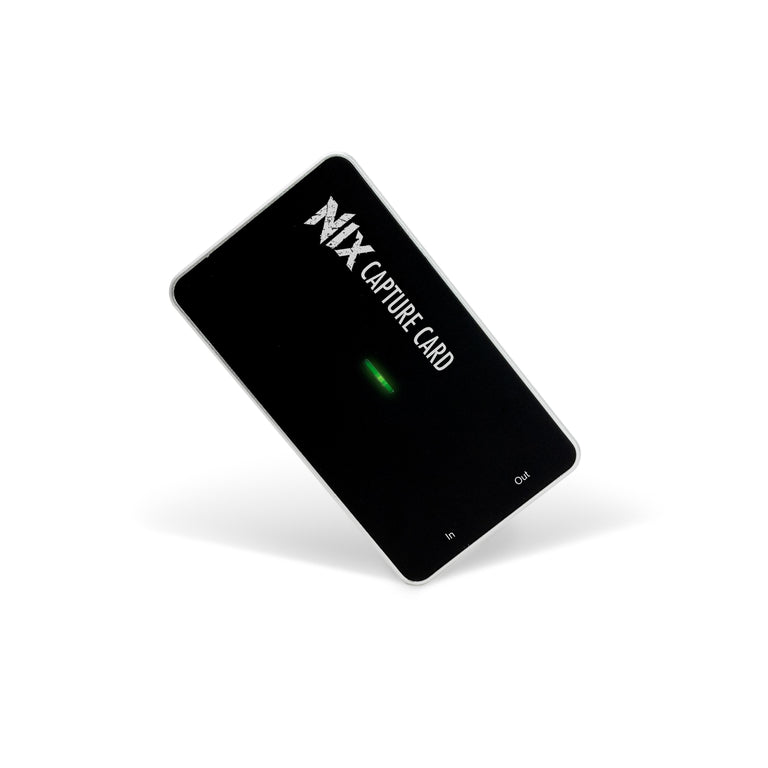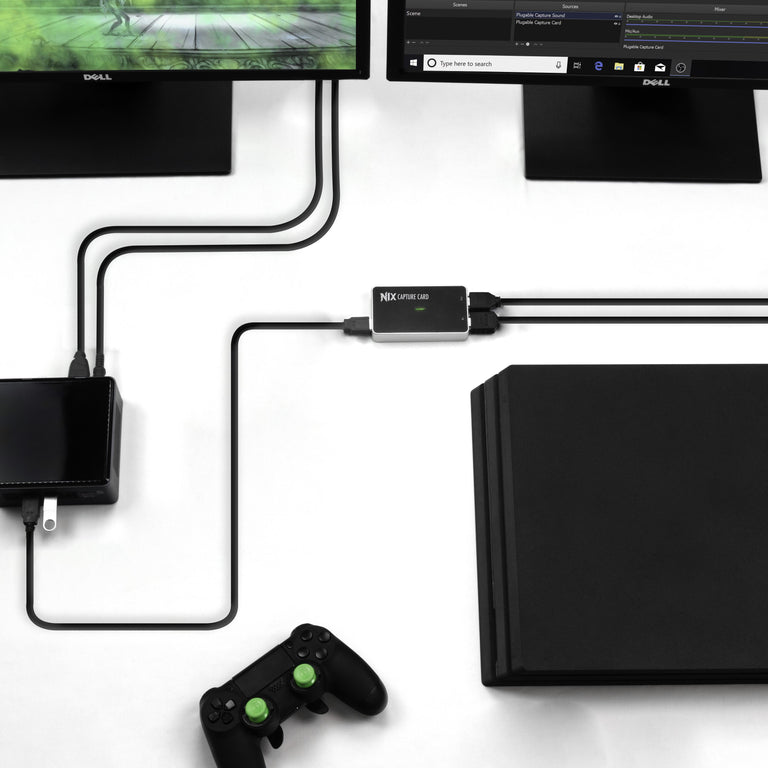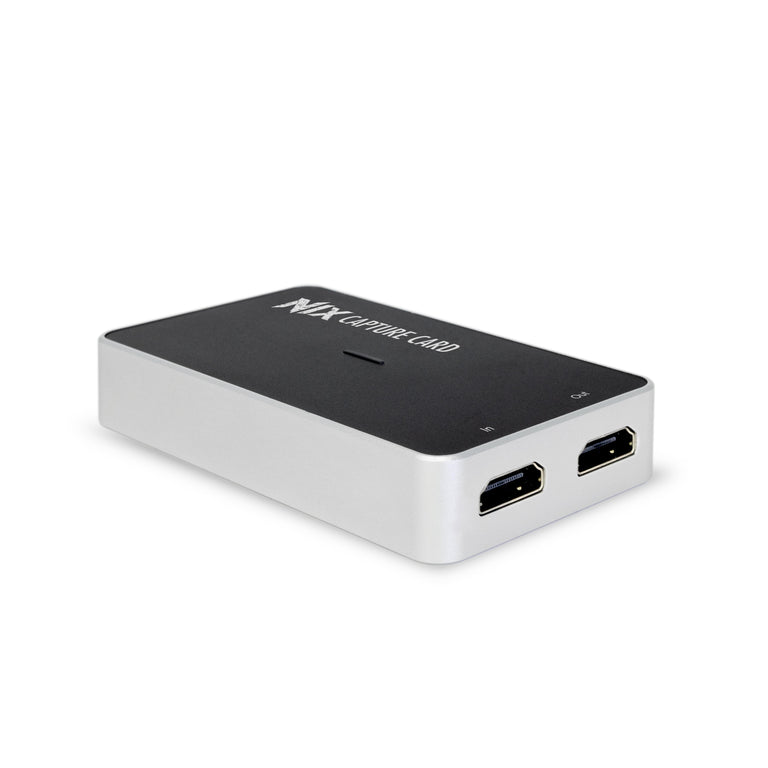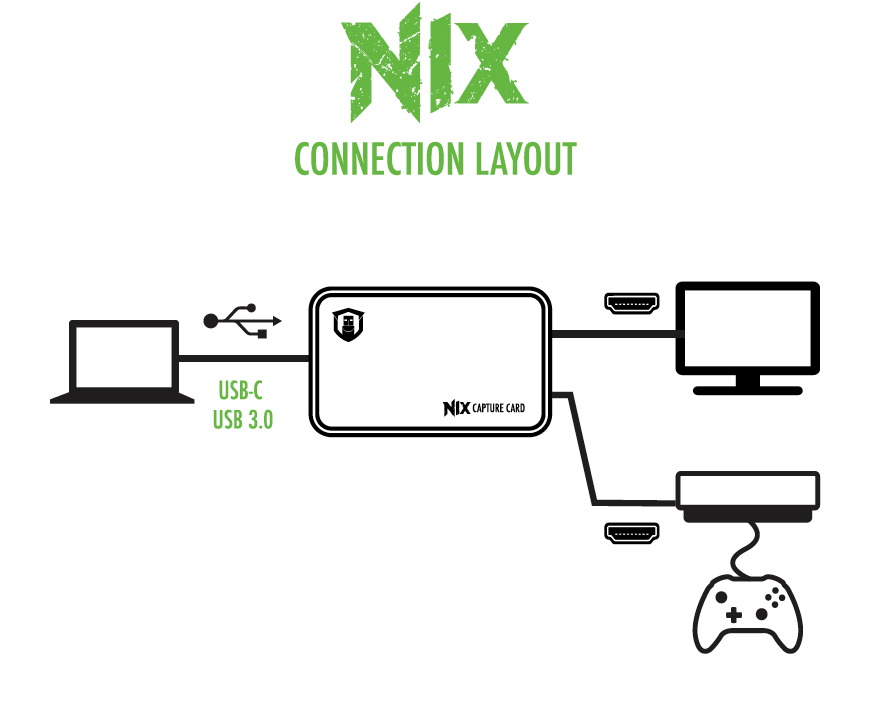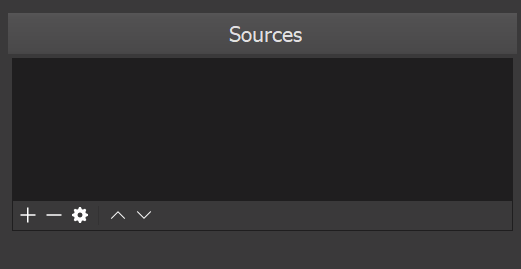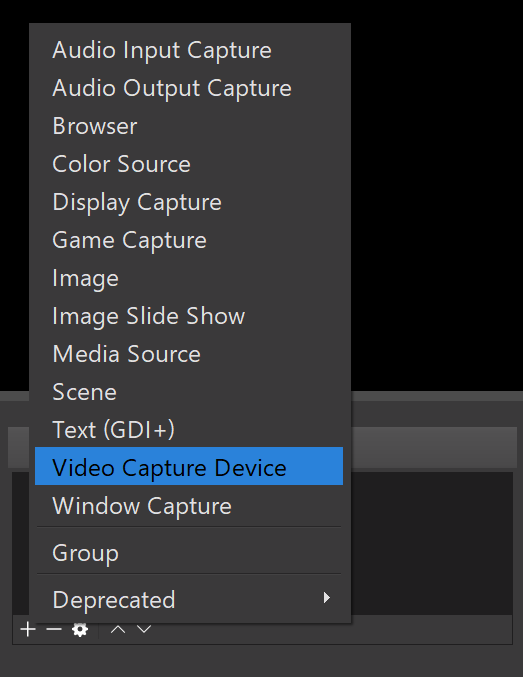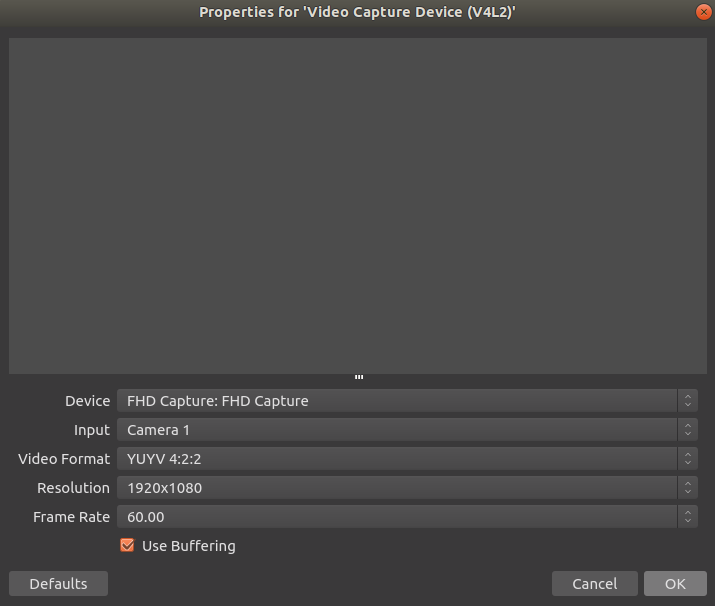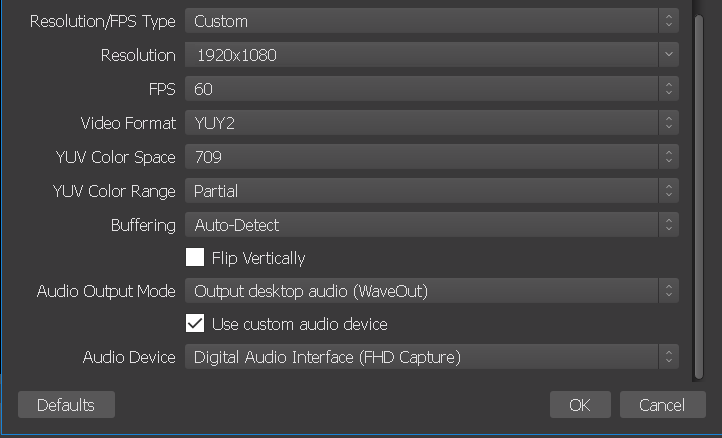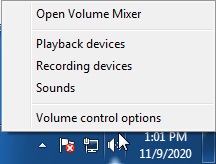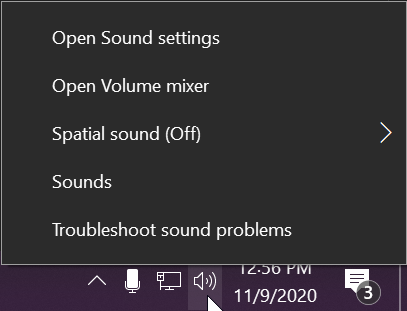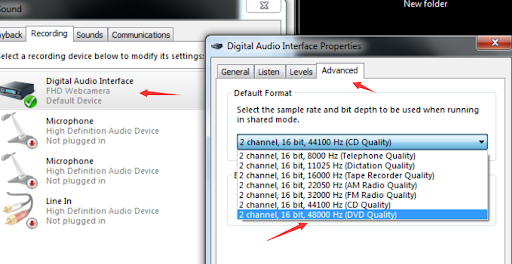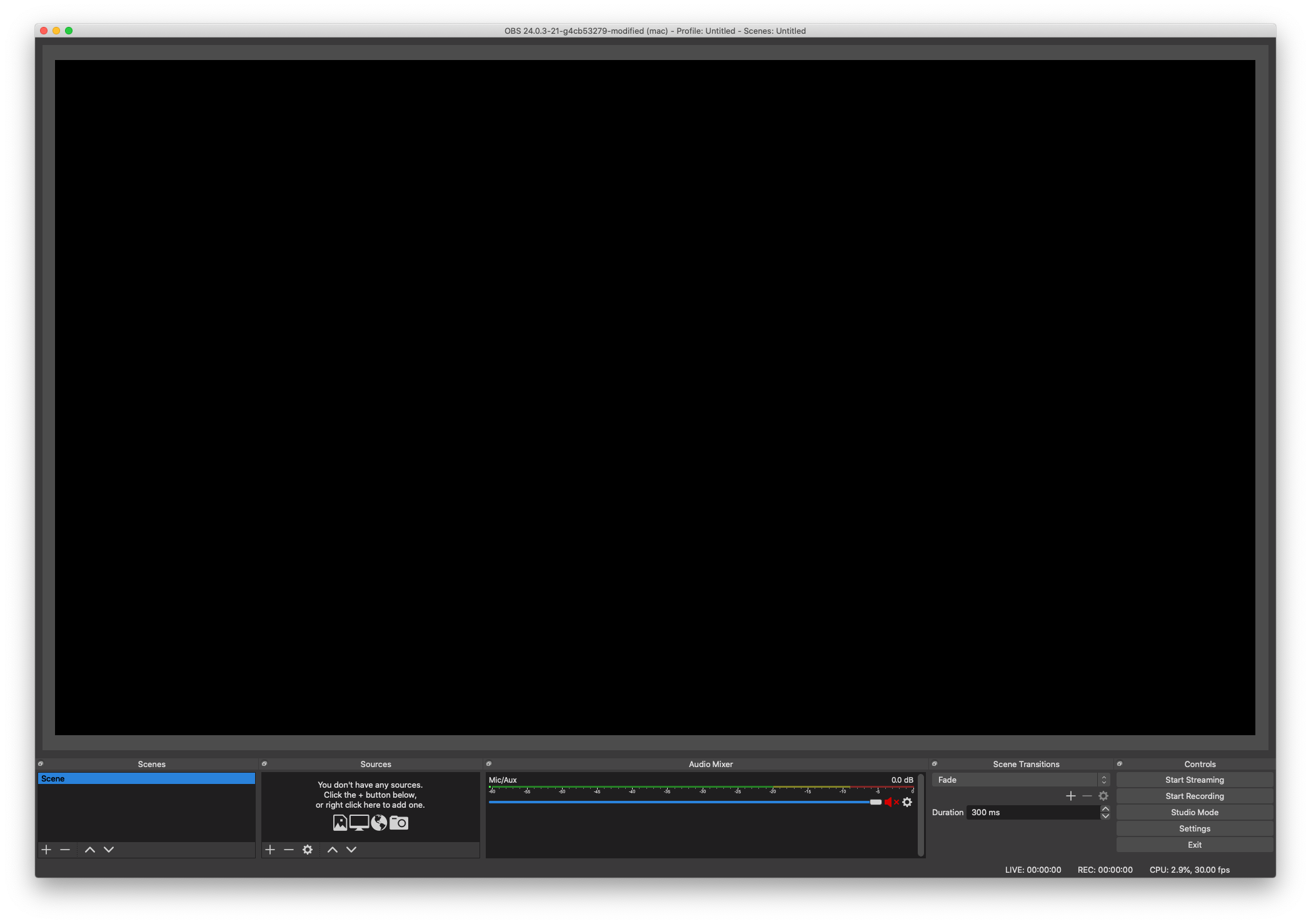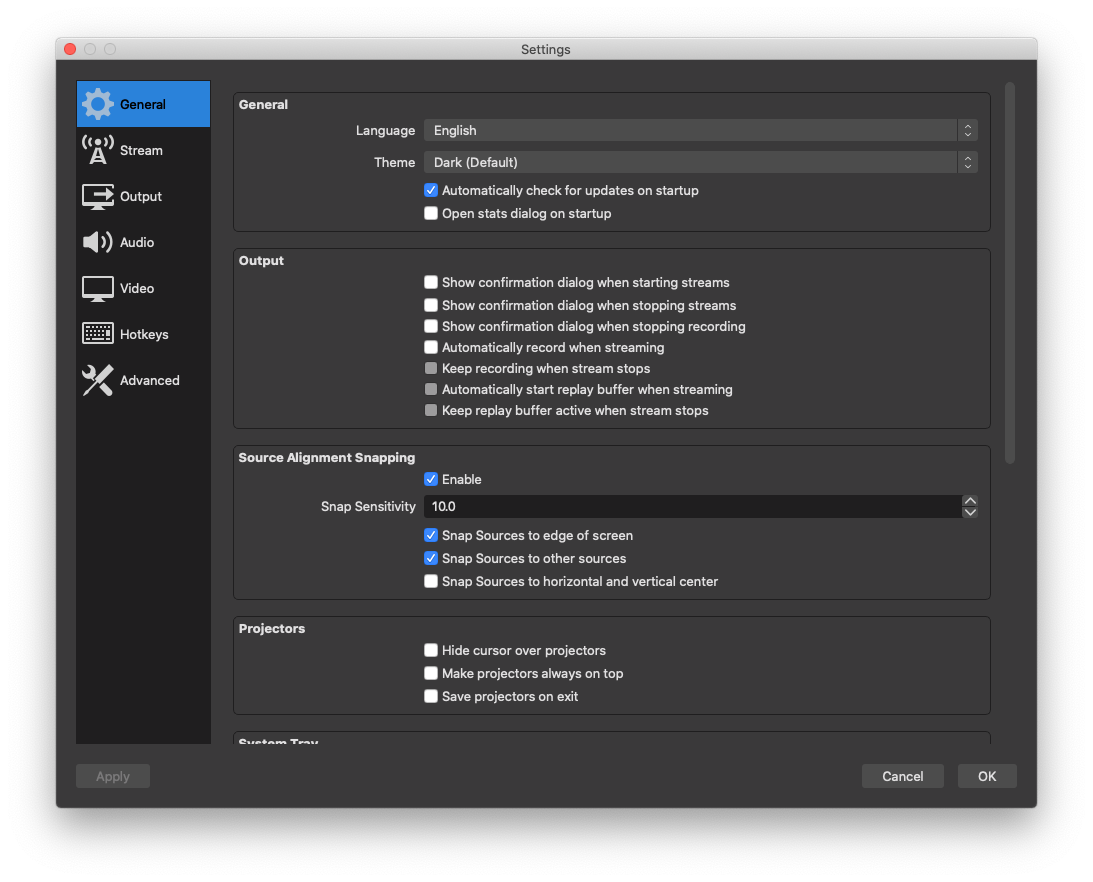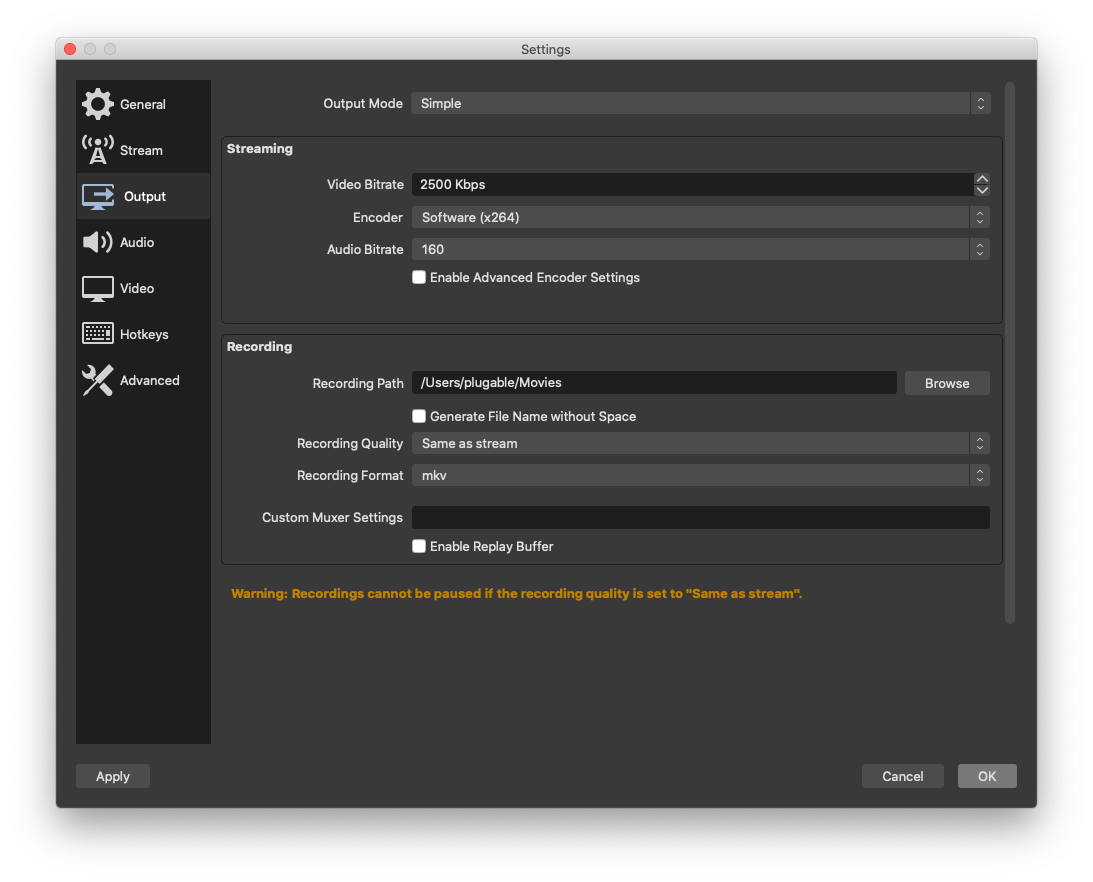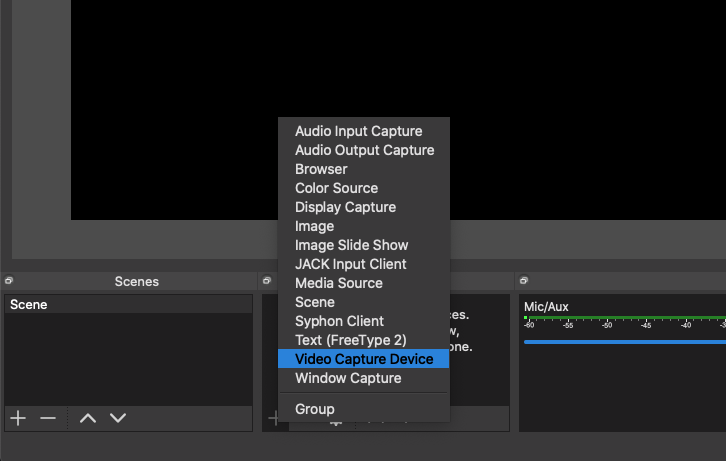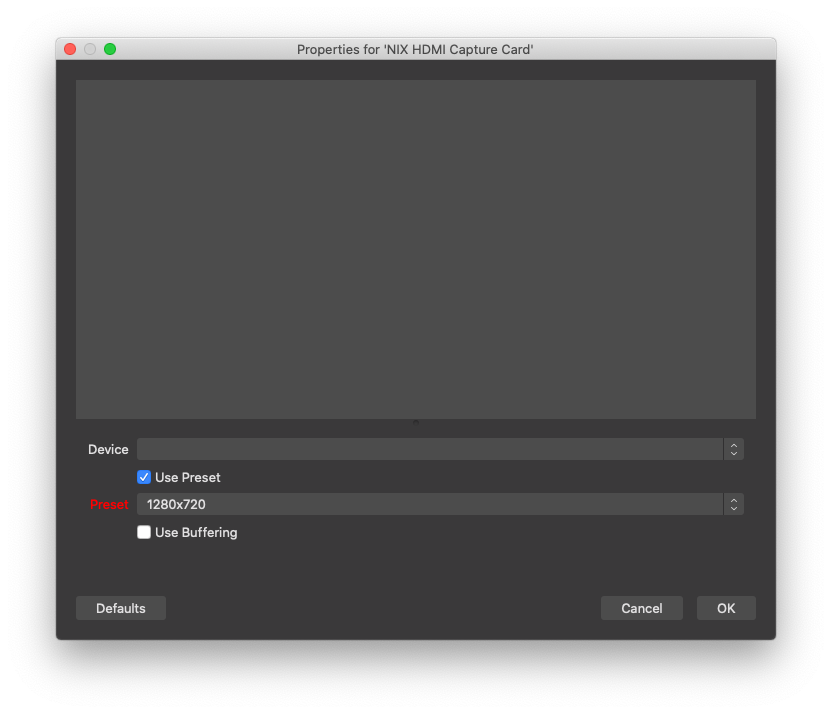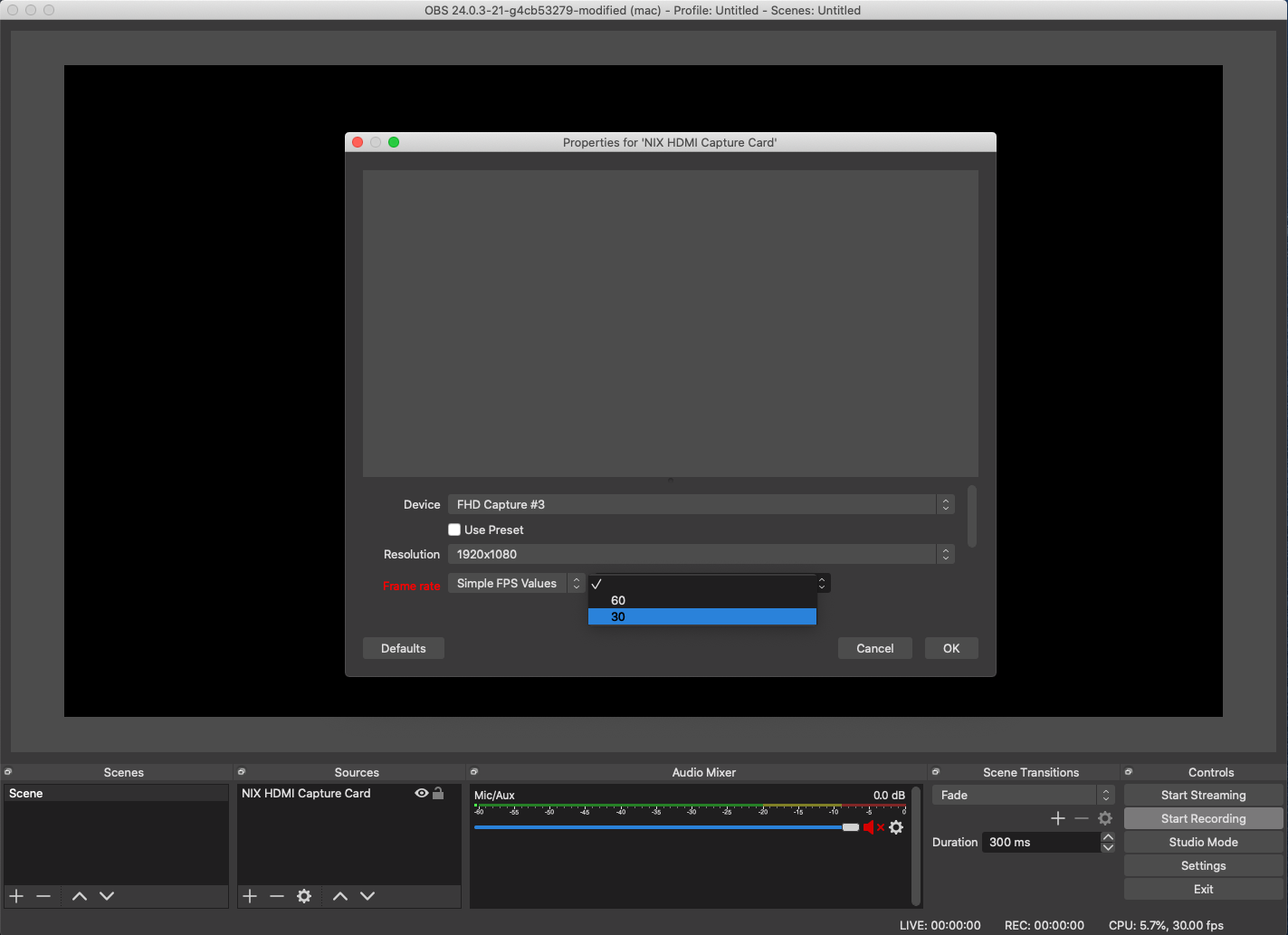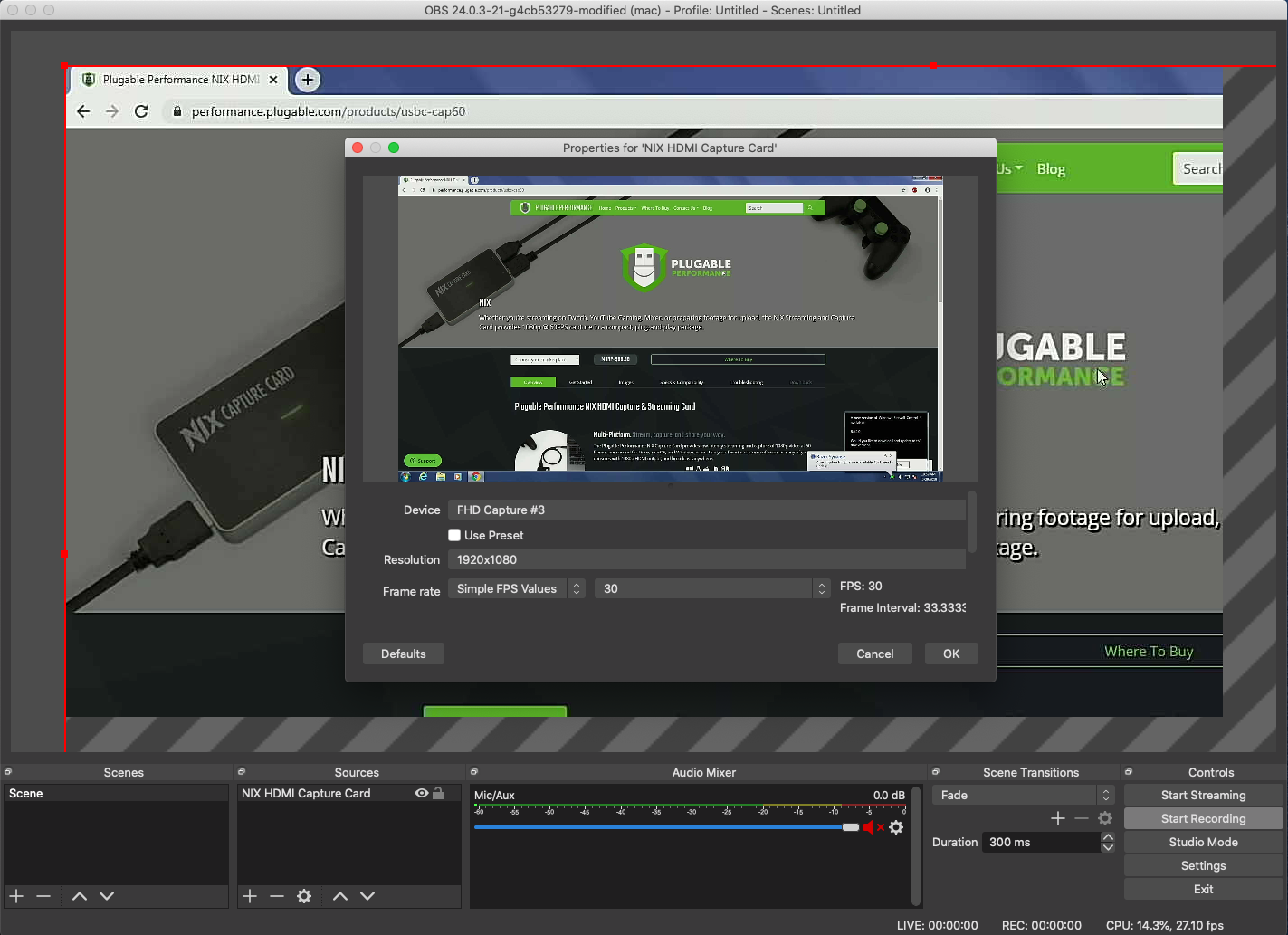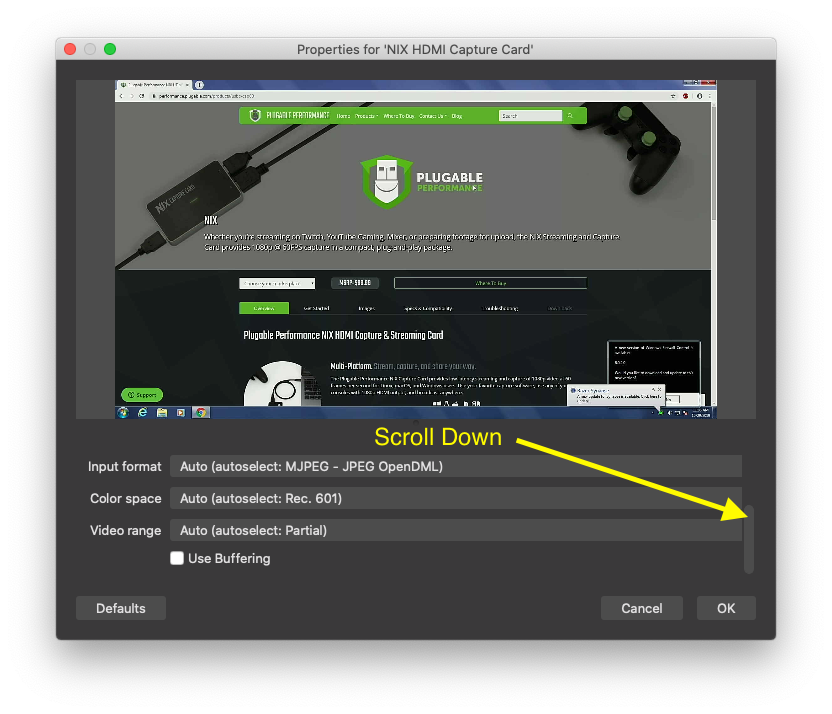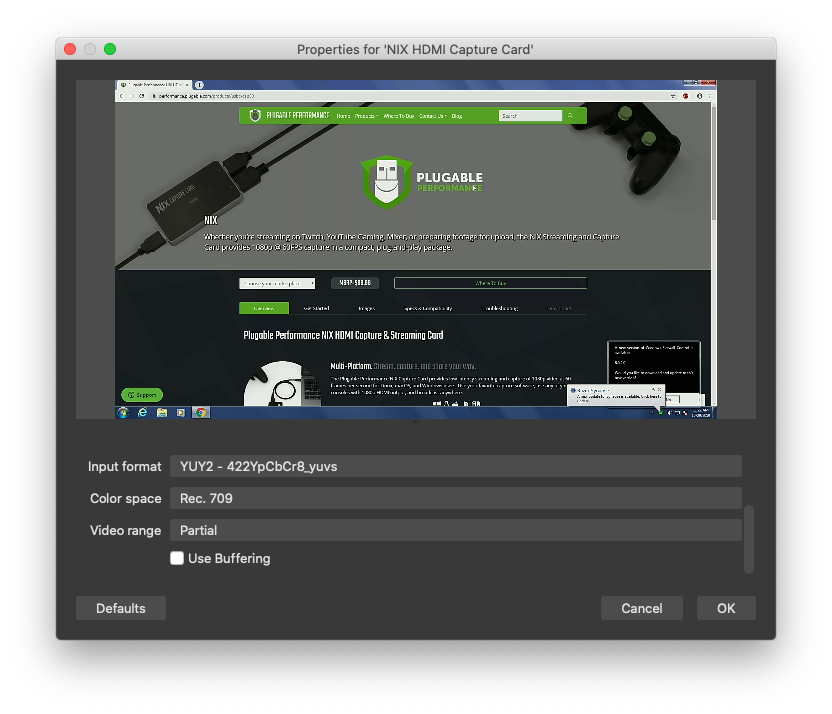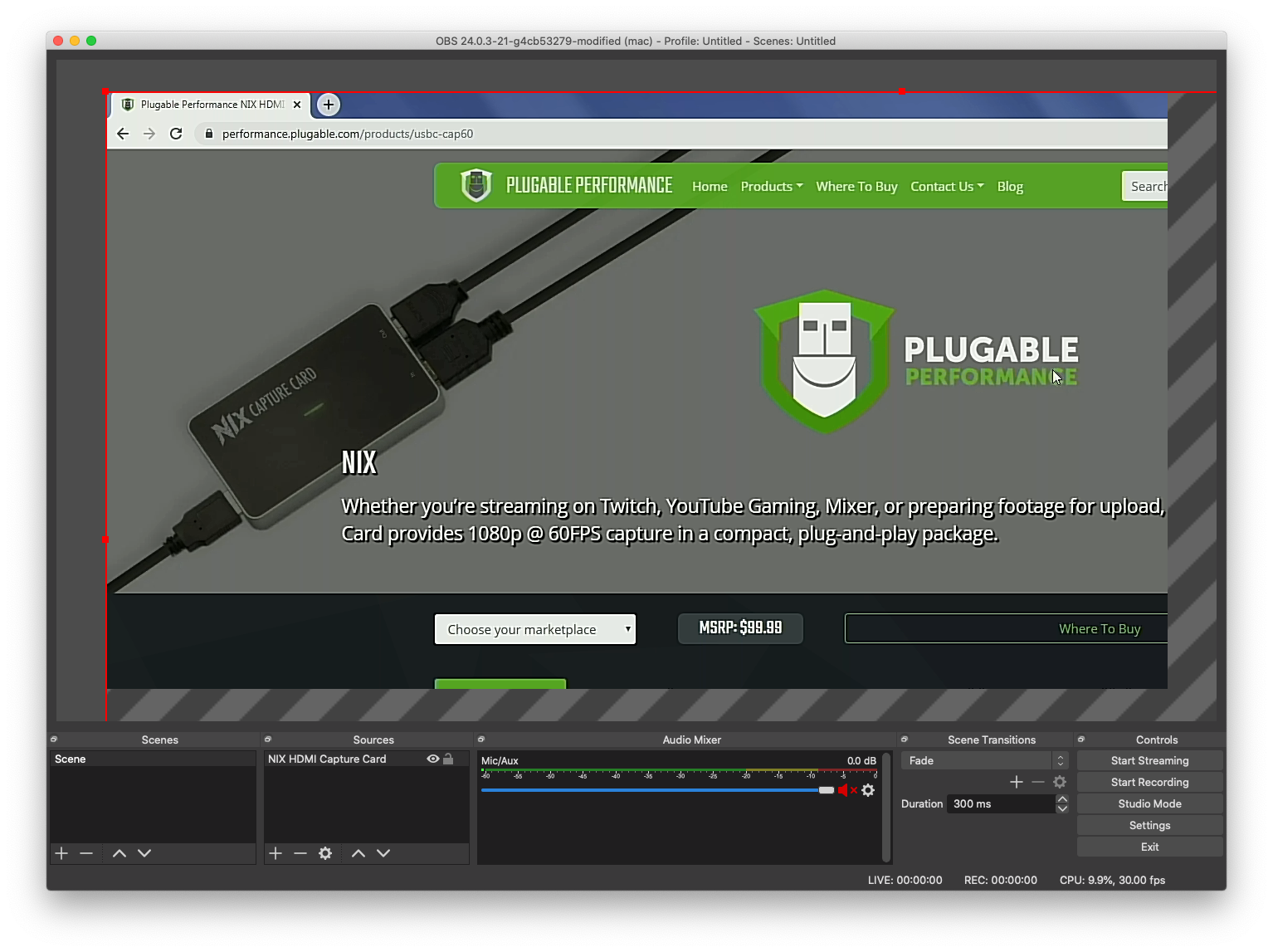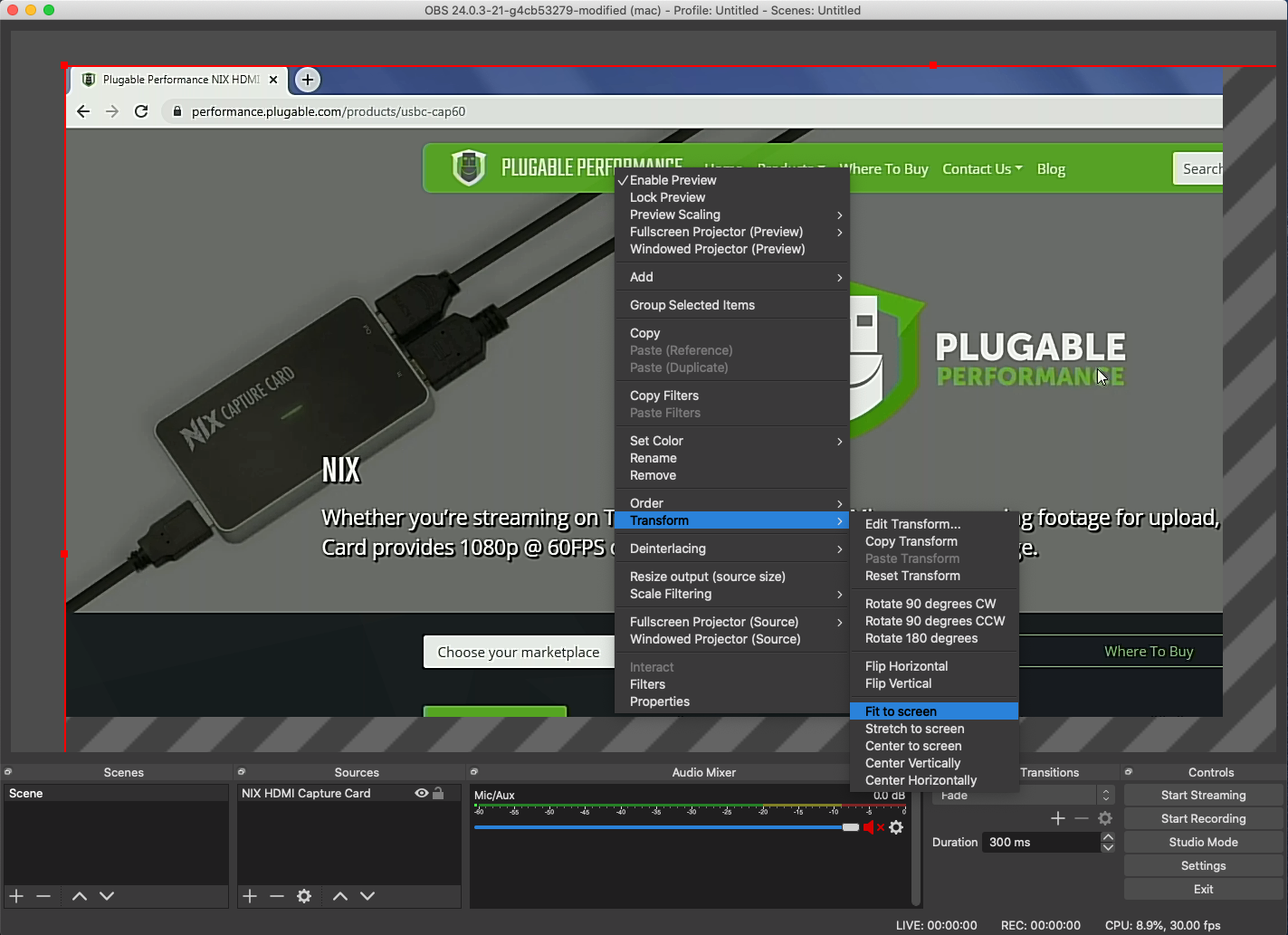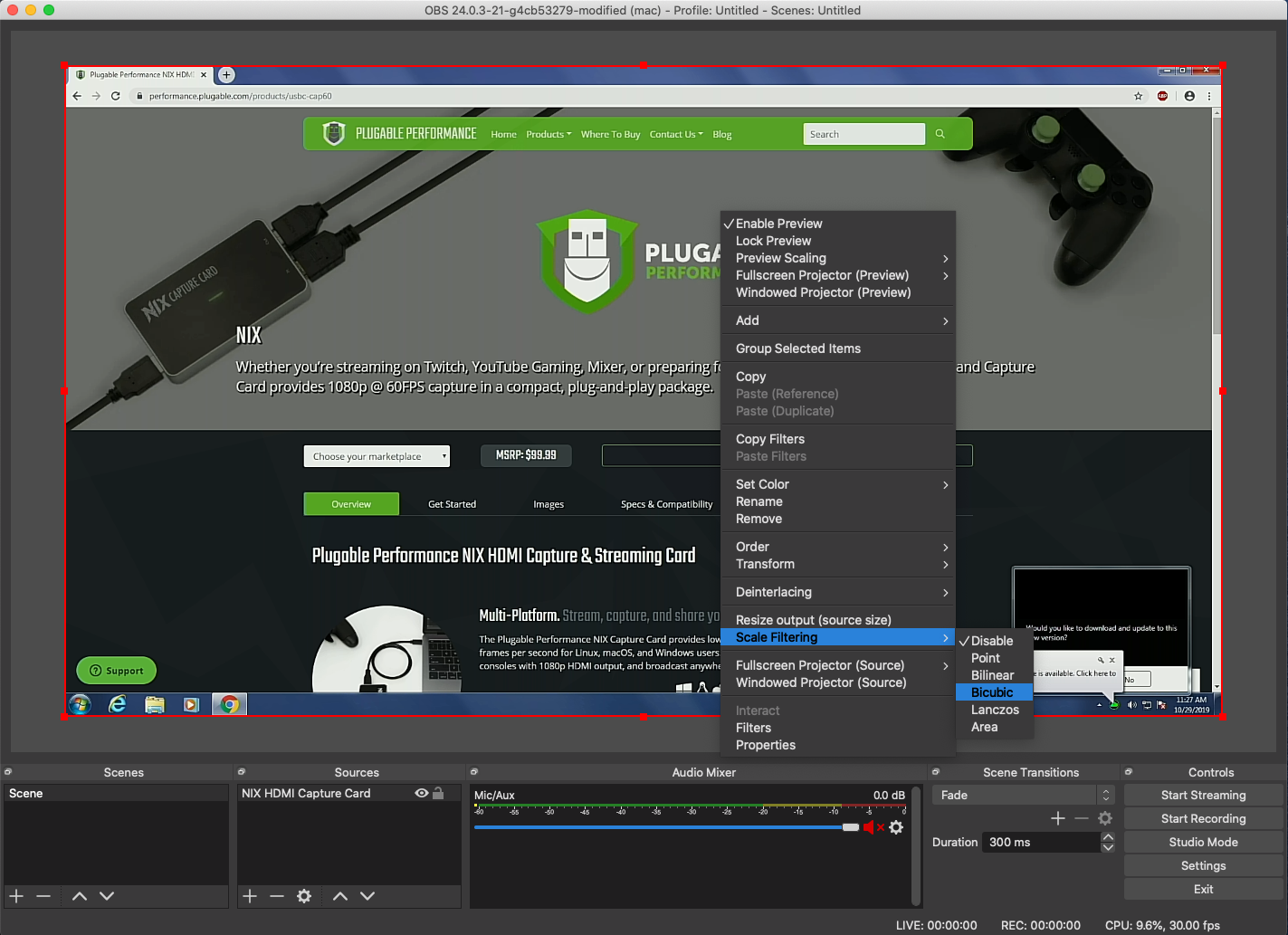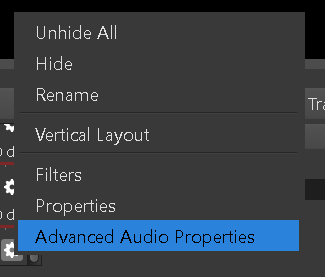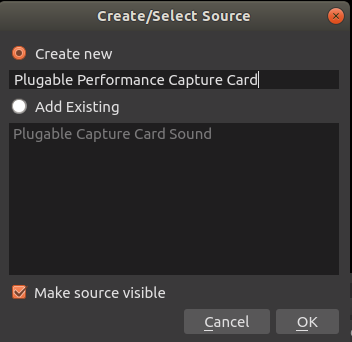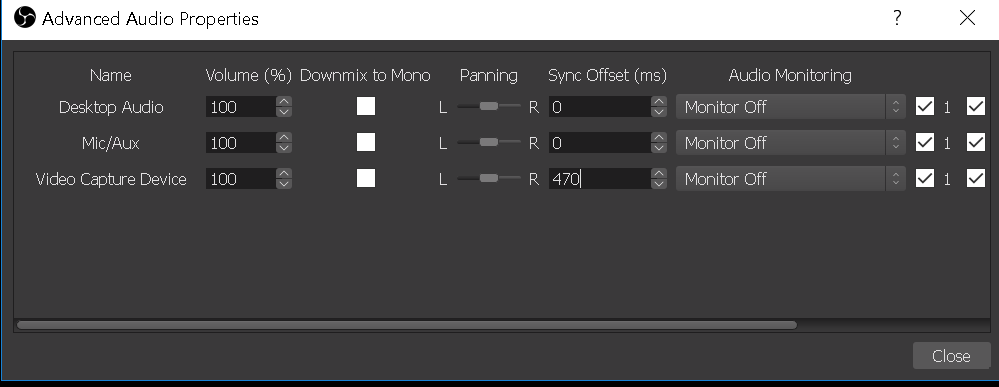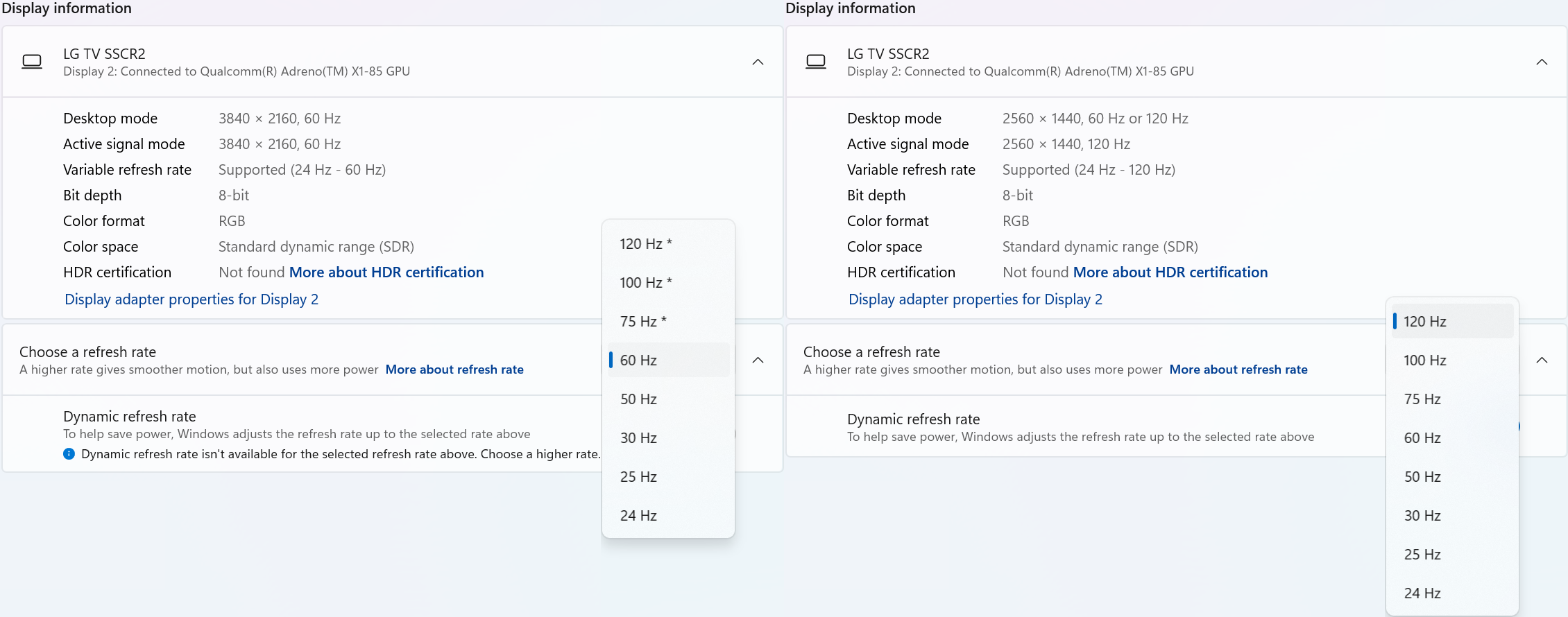













Hassle free, 2-Year Warranty
Fast, Free Shipping on Orders $35+
Lifetime Technical Support
30-Day Money Back Guarantee
Plugable Performance NIX USB 3.0/USB-C HDMI Streaming and Capture Card
$29.00 USD
SKU: USBC-CAP60Amazon Rating : (302 Reviews)
Features
- Nix the Lag— The NIX capture card records and streams your meetings or presentations without adding lag. Capture crisp, raw footage in full 1080P HD at 60FPS. This PC capture card for streaming ensures smooth and seamless video capture, making it an essential tool for video capture Linux and Windows platforms.
- Control your content— Capture, stream, and control your content without restrictions. The video capture card works seamlessly with platforms like Zoom and Google Meet, ensuring high-quality video for your virtual meetings or presentations.
- Wide Compatibility— The NIX capture card is compatible with most modern Windows, macOS, and Linux systems. Also compatible with popular streaming software such as OBS, Streamlabs OBS, Xsplit, and more.
- Connectivity & Control— Includes USB 3.0 and USB C cables for wide system compatibility and minimal impact on your existing setup with a compact HDMI capture card.
- Enhance Your Setup— Elevate your live broadcast or gaming experience with seamless, high-quality video capture and streaming capabilities
Free 3-Day Continental U.S. Shipping on Orders Over $35!





